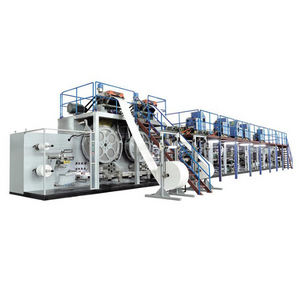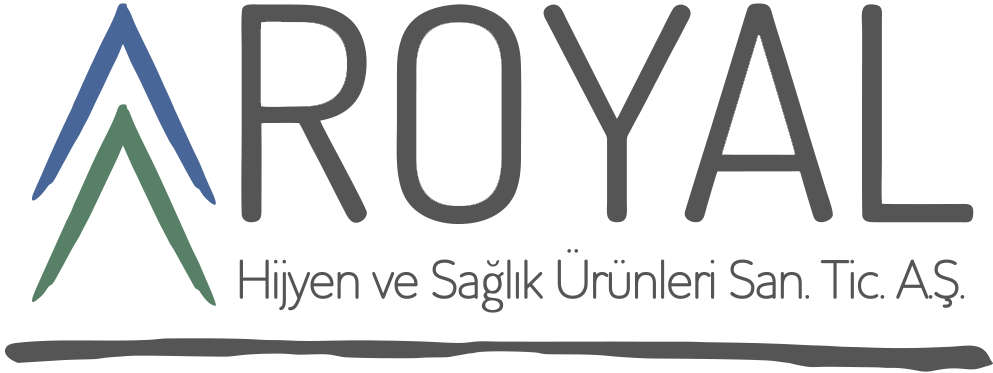How to Start a Wet Wipes Production Line
Starting a wet wipes production line can feel like a complex journey, but with the right approach and information, it becomes an exciting and achievable venture. Whether you’re aiming to produce baby wipes, disinfecting wipes, or cosmetic wipes, understanding every step will empower you to build a business that stands out. In this blog, I’ll walk you through the essentials, from initial planning to quality control, and even touch on related production like baby diapers production. Let’s make this process approachable and clear, so you can confidently start your journey.
Understanding the Basics of a Wet Wipes Production Line
Before diving into equipment and manufacturing, it’s vital to understand what a wet wipes production line actually entails. It is a systematic setup that converts raw materials such as non-woven fabric and liquid solutions into packaged wet wipes ready for consumer use. This process involves multiple stages including fabric unwinding, wetting, cutting, folding, and packaging.
Knowing these steps helps you choose the right machinery and manage your workflow effectively. The quality of your product depends on how well you control these stages.
Essential Equipment Needed for a Smooth Production
When starting, invest in reliable machines to keep production steady and efficient. A typical wet wipes production line includes:
- Fabric unwinder and feeder
- Liquid mixing tank with heating and cooling features
- Wet wipes forming and cutting machine
- Folding and stacking units
- Packaging machine for sealing and labeling
Each piece must be calibrated to work harmoniously, ensuring the wipes come out moist, soft, and hygienic.

Quality Control Tips for Wet Wipes Production
One of the most crucial parts of running a wet wipes production line is maintaining quality. If customers can trust your product, your brand gains reputation and loyalty. Here are some effective tips:
- Raw Material Inspection: Always verify the quality of fabrics and liquids before production starts.
- Consistency in Solution Mixing: Ensure the solution is mixed thoroughly and precisely for uniform moisture levels.
- Machine Maintenance: Regularly clean and service equipment to prevent contamination.
- Random Sampling: Test wipes from different batches for moisture, texture, and strength.
- Packaging Integrity: Check seals and packaging quality to avoid drying out or contamination.
By embedding quality control in every phase, your wet wipes production line will consistently deliver top-notch products.
Starting with Baby Diapers Production: Similarities and Differences
Although primarily focused on wipes, many entrepreneurs venture into baby diapers production alongside wipes, as they share some production insights and target markets. Both products require hygiene, softness, and skin-friendly materials.
However, diaper production involves more complex absorbent core manufacturing and elastic application, while wet wipes focus more on fabric wetting and packaging. Understanding both processes allows diversification and growth in the personal care market.
Production Workflow Visualized
| Step | Description | Key Focus |
|---|---|---|
| Raw Material Preparation | Select and prepare non-woven fabrics and liquid solutions | Quality of fabric and solution mix |
| Fabric Feeding & Wetting | Feed fabric into machine and saturate with solution | Uniform moisture content |
| Cutting & Folding | Cut fabric into wipe sizes and fold appropriately | Precision and neatness |
| Stacking & Packaging | Stack wipes and seal them in packaging | Sealing quality and product freshness |
| Quality Testing | Random sampling for product quality checks | Consistency and compliance with standards |
Common Questions People Ask About Starting a Wet Wipes Production Line
How much space do I need for setting up a wet wipes production line?
Generally, a small to medium production line requires between 50 to 150 square meters, depending on the machinery size and production capacity.
What types of raw materials are best for wet wipes?
Non-woven fabrics made from polyester or viscose blends provide softness and durability. The liquid solution usually contains purified water, mild preservatives, and moisturizing agents.
Can I produce different types of wet wipes on the same production line?
Yes, with adjustable machines, you can produce baby wipes, disinfectant wipes, cosmetic wipes, or even pet wipes, by changing the liquid solution and packaging accordingly.
Is technical knowledge necessary to operate the machines?
Basic training is essential. However, modern machines come with user-friendly interfaces and support, making operation easier once you understand the workflow.
Sustainability Considerations in Production
In today’s market, eco-friendly production attracts conscious customers. Consider biodegradable fabric options and avoid harmful chemicals in your solution. Reducing waste in packaging and using recyclable materials will position your brand as environmentally responsible.
Marketing Your Wet Wipes Brand
Once production starts, marketing plays a vital role in success. Highlight your product’s quality, safety for skin, and eco-friendly attributes. Use social media to reach young parents or health-conscious consumers. Packaging design should be appealing and functional.
Final Thoughts on How to Start a Wet Wipes Production Line
Starting a wet wipes production line is an exciting step that combines creativity, technical know-how, and business acumen. By carefully selecting your equipment, emphasizing quality control, and understanding your target market, you can build a brand that stands strong in a competitive industry. Remember, attention to detail at every stage pays off with customer satisfaction and loyalty.

